Text: Karen Carroll
Southern Home (SH): To begin, we’d love to hear one of your early memories of being in the garden.
Mario Nievera (MN): I grew up in a suburb of Chicago and had a childhood friend whose parents were from France. They had this perfect Colonial house, which I’m sure if I saw it today, it would probably be on a ¼-acre lot. It was really charming, and the backyard was almost storybook—a mess in a beautiful way. I’ll never forget sitting underneath the trees in their overgrown yard, where her mom would serve us sandwiches on pretty plates. It was like being in a secret garden, and when you’re little, you think everything is huge. And now, I happen to love France. Everything goes back to childhood in a second, doesn’t it?
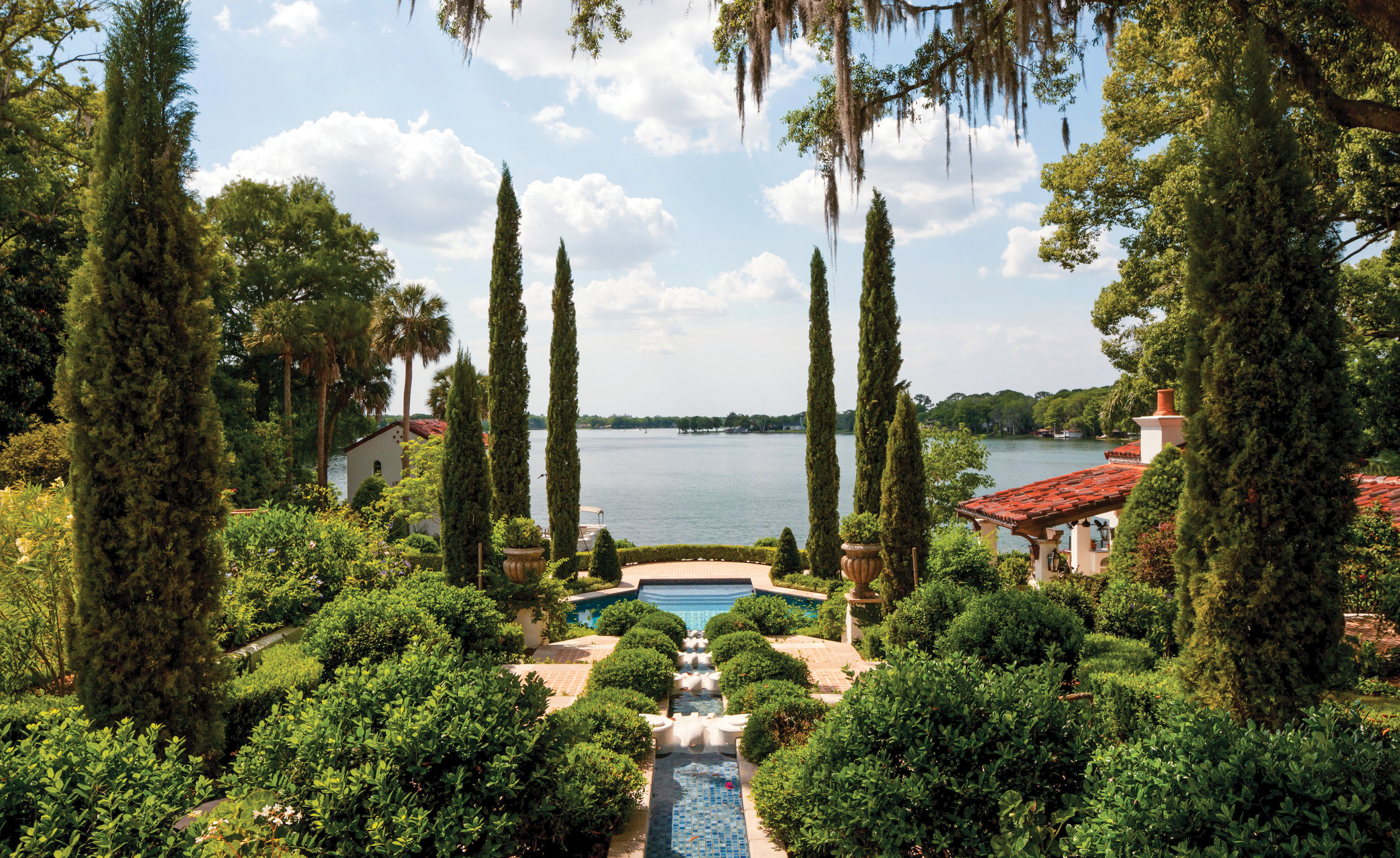
Keith Williams (KW): My mother was a master gardener. I don’t remember her gardens as much as she always wanted to put me to work in them, whether it was mowing the grass, trimming the hedges, or cleaning up. But I recall going to nurseries with her and visiting these huge greenhouses (like Mario says, everything seems overscale when you’re young), with the smell of damp plants and flowers and the feeling of heat from glass panels that would open. The size and scale was always fun, not that I knew anything about any of it or that it would eventually lead to what I’m doing now.
SH: When was the pivotal moment, when you knew you would make landscape architecture a career?
MN: It ended up being my major at Purdue, but I wasn’t completely sure then. My underlying passion was design, so I thought I might be an architect or an interior designer. It’s all fun and games until you actually have to get good grades. I excelled at my landscape architecture classes, and it became my thing.
KW: My background is in graphic design. My father was not a gardener like my mom; he was in advertising in Detroit, and I always had an appreciation for what he did—the design work, the drawing, the coloring. My pivotal point was years later when I was living in Florida and met Mario through friends. I was selling my paintings, and he purchased a few pieces. At the time, I’d been working at a newspaper for nine years, and when I told Mario I was in a dead-end job, we came up with a plan that I would come work with him, which would give me more time to paint. I never painted again. Mario is one to kind of throw you into the fire and let you figure it out, which I like doing. One thing led to another, the graphic arts, my mother being a gardener, the design aspect of it. That’s when I knew I was in the right spot. I’m just painting in a different way now.
MN: If you saw Keith’s paintings, and I still have a couple, you’d understand. Everything about his work had a great sense of scale, proportion, and color. I knew he could learn this really fast.
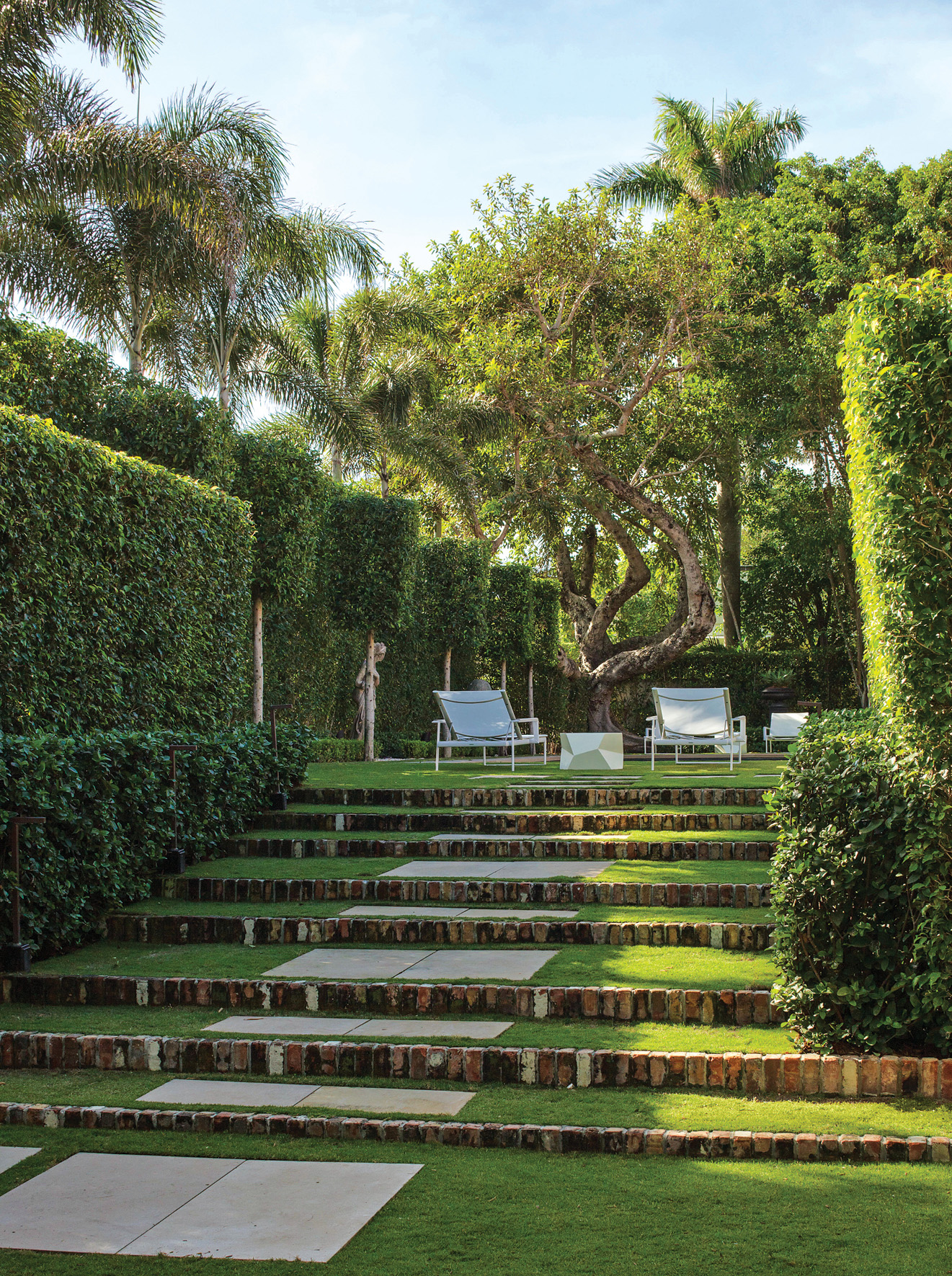
SH: Obviously Mario’s intuition worked out well, given both your names are now on the door. Do you collaborate on projects or work on them individually?
MN: Keith understands how I think, and he’s also driving that thinking. But we keep it individual because it’s too confusing for the clients to do it any other way. And they’re happy hiring either one of the people whose name is on the door.
KW: Any time we start a project together, one of us ends up taking the lead and running with it.
MW: But if one of us died, the other could figure it out. We both know where all the bones are buried!
SH: How do you describe your styles? While clearly your aesthetics mesh well, are there areas where you diverge?
KW: I’d say I veer more toward contemporary and cleaner designs. Mario does that too, but he leans a little more traditional. Although I love classic designs and creating formal gardens, there’s something about clean design, modern architecture, sustainability—and how those complement one another—that excites me.
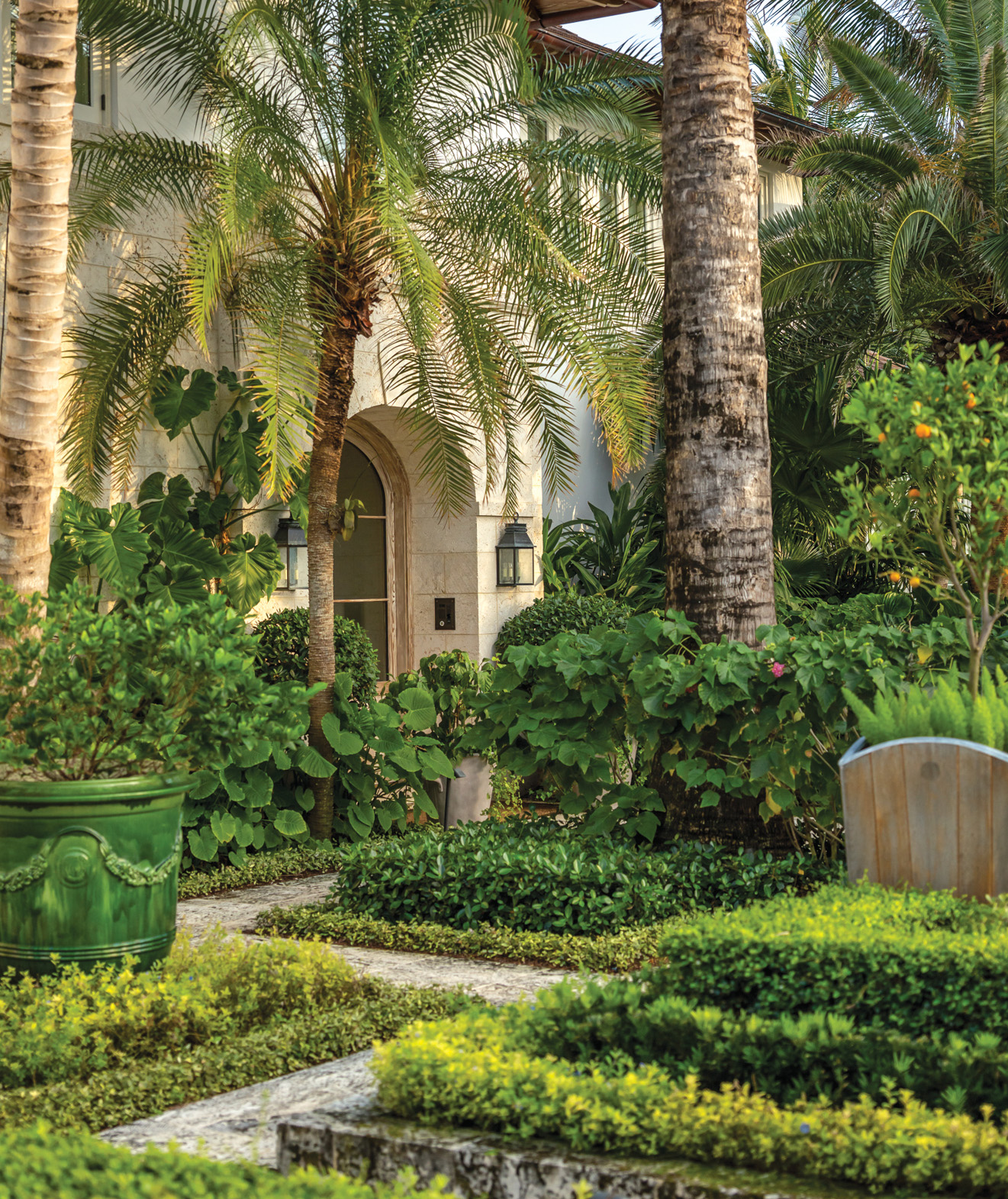
MN: I was trained in a more classical sense, because in school we learned the history of landscape architecture and design. You have to understand that before you understand anything else. My work has a traditional bent to it, but more so it has a sense of symmetry and balance, with asymmetry that is always inherent in our projects. The style is merely icing on the cake and doesn’t have anything to do with the actual geometry, bones, and functionality laid out in three dimensions. In Palm Beach, people come to us because we have a really good understanding of the design culture here, which is steeped in history. Even most of the contemporary houses we see these days are modeled after successful attempts at contemporary architecture that appeared for a moment in the 1920s and ’30s. Generally, Keith and I both like to make sure our landscapes are highly visible and shared by others, even though they’re private.
SH: Who are some of your historic influences and references?
MN: In Palm Beach architecture, there’s the big four: Addison Mizner, Maurice Fatio, Marion Sims Wyeth, and John Volk. We’re proud to be involved with many houses designed by them. Gardens weren’t necessarily a part of the fabric of the initial designs. It wasn’t that they didn’t think about gardens, but often they’d design a courtyard and that was about as far as they got. In the ’20s, they didn’t have air-conditioning and irrigation, and barely had electricity, so there wasn’t any landscape lighting—all the things we desire now. When we’re working on these restorations and renovations, we look to elements of their architecture and try to expand their vision and think of what would have been their solution for garden design. I don’t know if they’d agree, were these men alive today, but we like to think we’re very respectful to them.
KW: They also didn’t have 100-ton cranes that could lift mature trees like we have today, which makes re-creating the feeling as if these trees and palms have been there since the ’20s relatively easy to do.
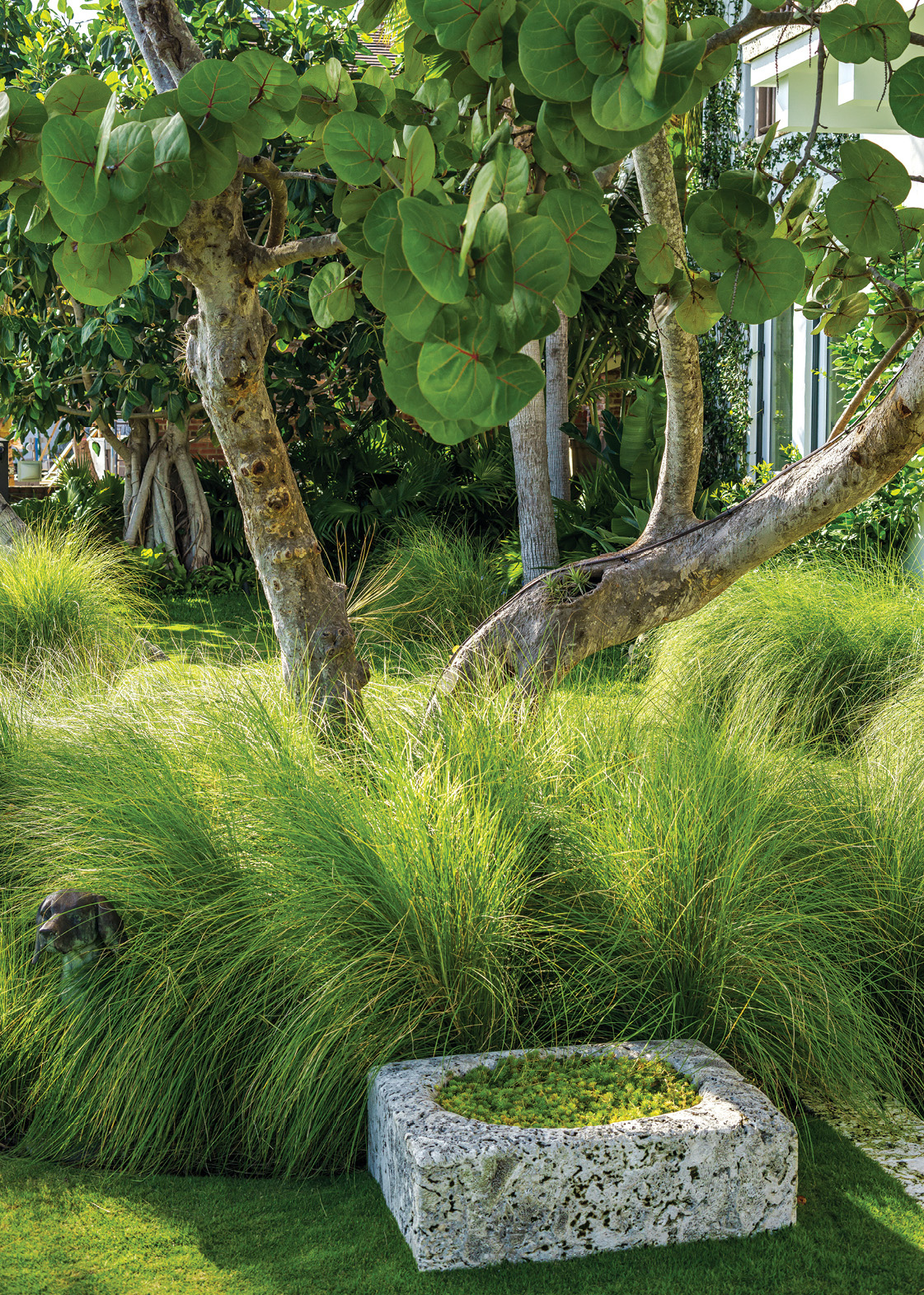
SH: When working with a historic house, we’re assuming you’re not always entirely beholden to the past but looking to take that historic sensibility and sensitivity forward for the way we live today.
KW: We are, but we do have eyes on it beyond our clients’. In Palm Beach, we have a landmarks commission that ultimately approves our designs, whether it’s a restoration or new construction. These boards are in place to protect the history and the architecture, and without them, perhaps all hell might break loose.
MN: But those rules weren’t written because of us, by the way!
SH: Mario, you also live part time in New York. When you’re designing for yourself or for clients outside of South Florida, how does that impact your work?
MN: Although a lot of our work is in Florida, we do projects all over the place, and the main difference is winter. We have to think of botanical solutions that work in different climates. At the end of the day, it’s about the plants and putting them in the right place where they’ll thrive. When I’m working farther north, it’s an opportunity to make a garden like the ones I remember from my childhood, with boxwoods and perennial borders timed to bloom in different seasons. In my own garden, I’ve incorporated all these wonderful, romantic plants like hydrangeas, roses, viburnum, and lilacs.
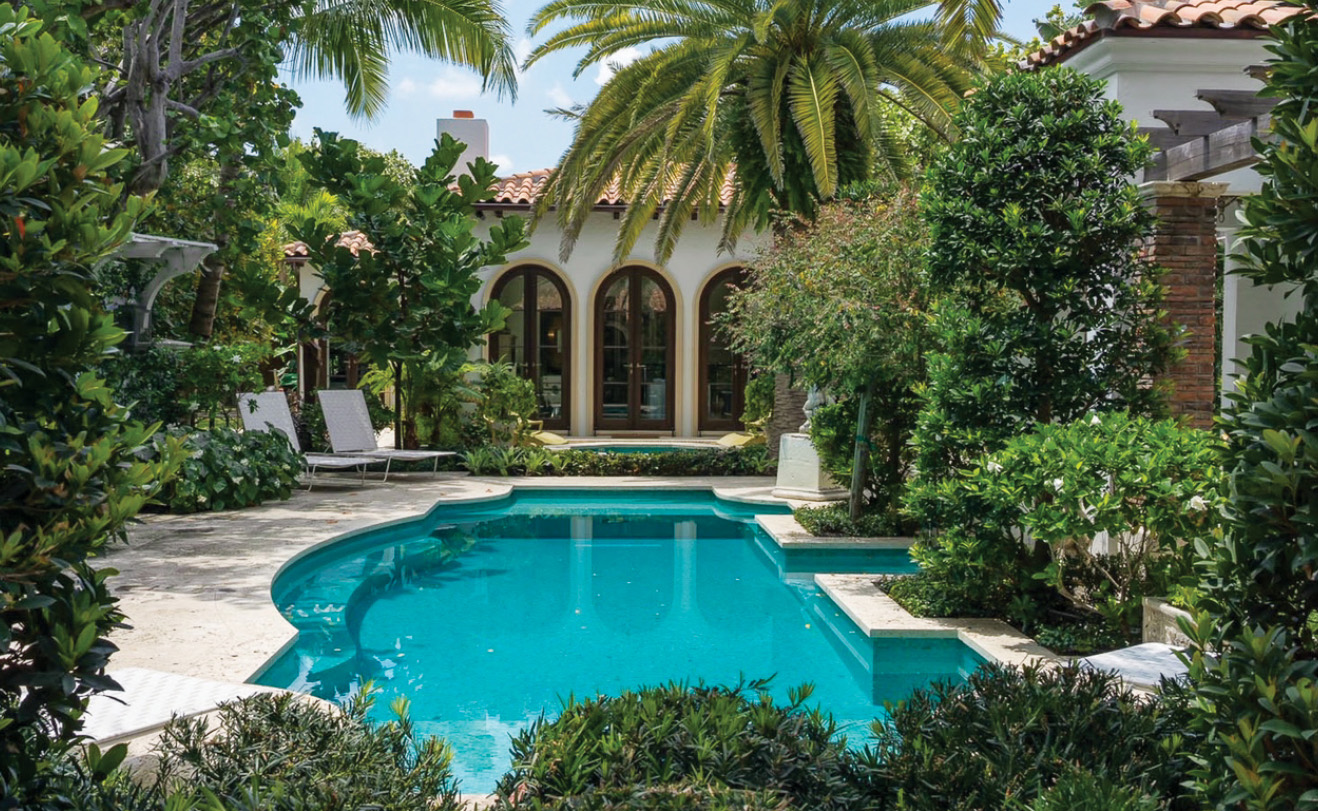
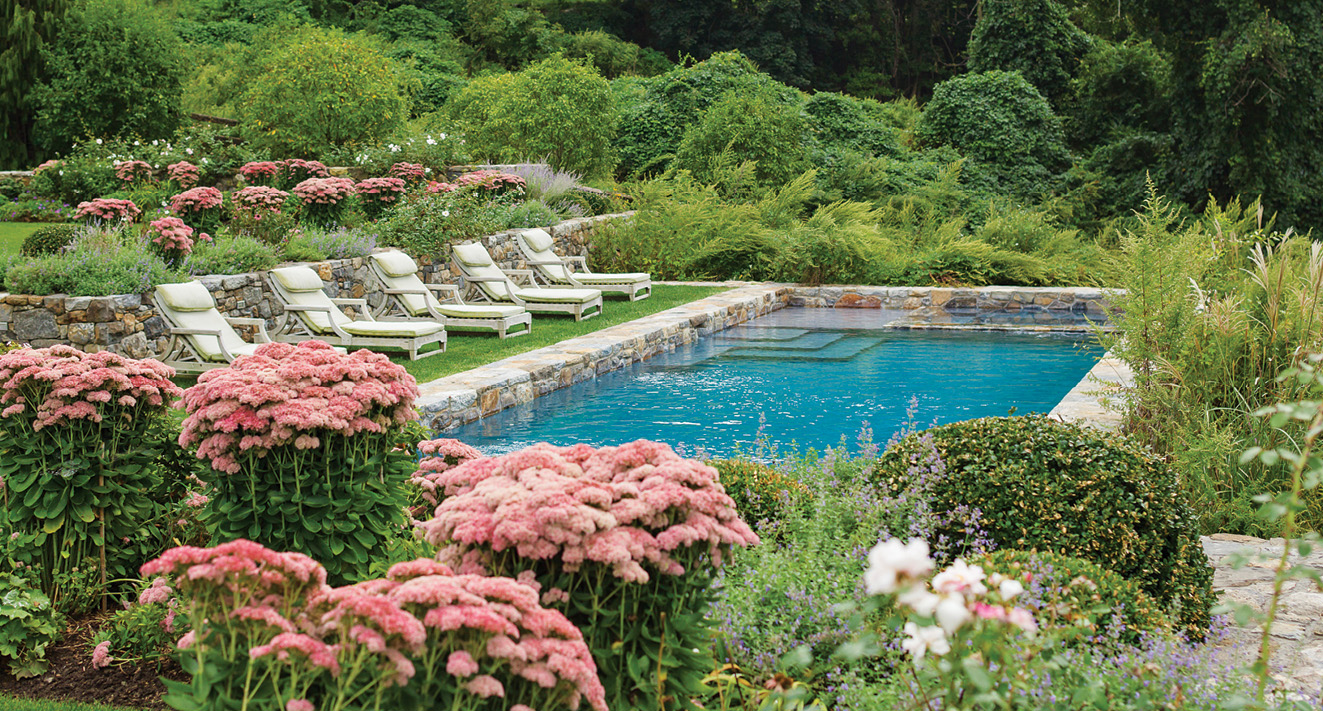
SH: Do you have a favorite flower or plant material?
KW: I can’t pick a favorite—I fall in love with something new all the time.
SH: The graphic patterns you both create with hardscaping are a signature element—they not only physically move people but also the eye through the garden. Tell us more about them.
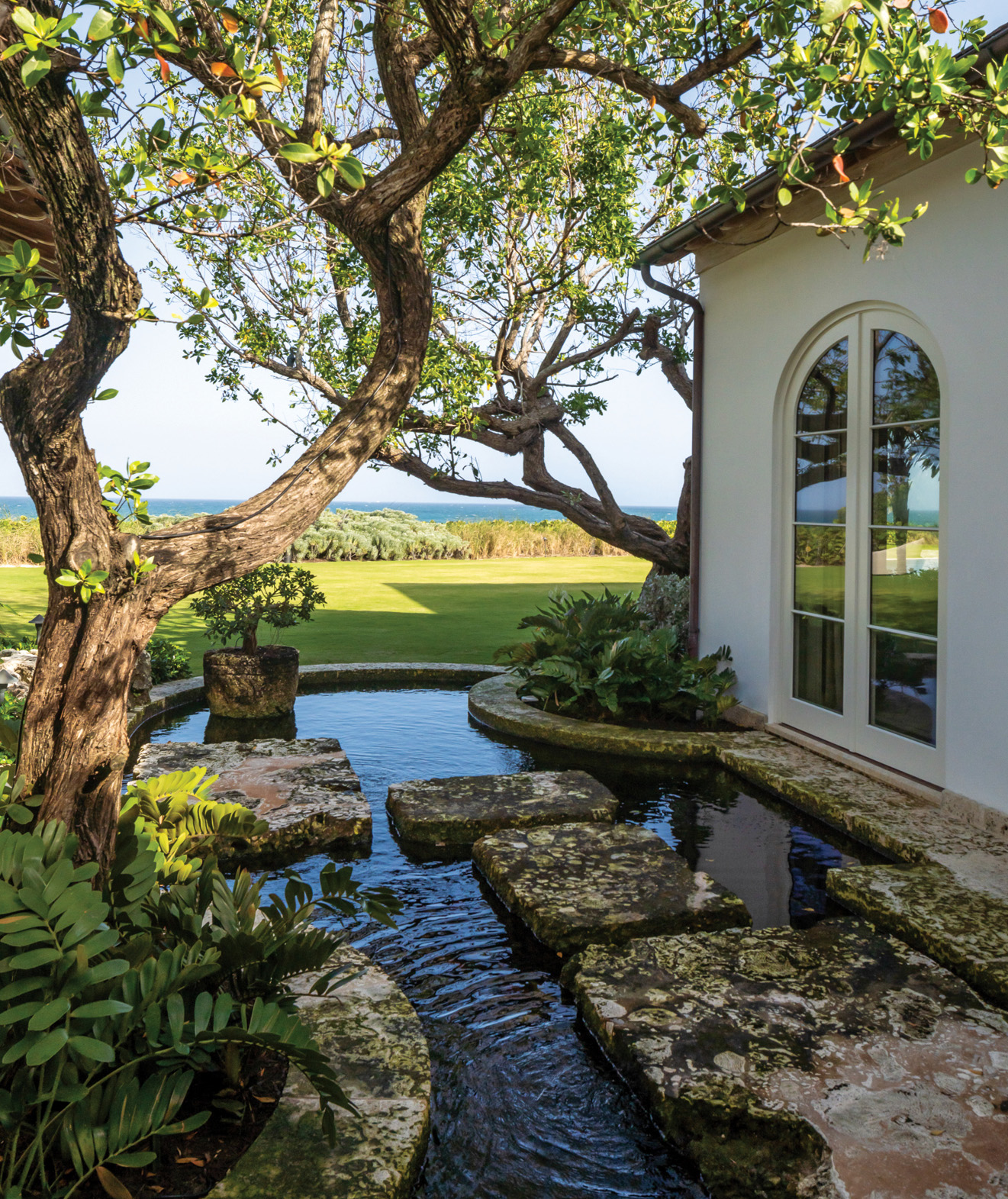
MN: When we’re imagining the landscape, we think about what will truly complement the house and elevate the experience, but not outshine the architecture. You don’t want to mask or hide what’s beautiful about a house, and that can happen when you put in too much landscaping or make the hardscaping too dominant. We focus on materials that look like you could get them down the street. In some areas, that might be granite, bluestone, or limestone. In Florida, that could be coral stones, pebbles, brick, tile, or cypress. We have a lot of Mediterranean architecture here, and thus the intricacy in the designs often comes from ideas found in Italian courtyards or Spanish plazas.
SH: While your gardens are often serene oases of green and white, where or when will you employ more vibrant color or balance the pristine with moments of Mother Nature gone a little wild?
KW: Typically I’ll play with variations of greens, silvers, and olive tones and rely on plants that have color in the leaves. I prefer softer colors on horizontal surfaces and more vibrant colors vertically—flowering vines espaliered on buildings and climbing columns or archways. I love designing gardens that have both order and chaos, because it’s a way to provide a play on scale and create contrast. Large broadleaf plants juxtaposed against clipped green mounds or columnar-shaped trees is like decorating with a beautiful fabric.
SH: What does every garden need a touch of?
SH: Since we began with your early memories in the garden—let’s wrap up with your personal outdoor spaces today. How hands-on are you at home?
MN: I’m sort of hands-on. I do insist the garden look perfect all the time, but I don’t have much time to work in it. Lighting is important, as I’m rarely home during the daylight hours.
KW: My own garden is the complete opposite of how I design—there are very little, if any, clean lines. Probably 70 percent of it is gravel, and I tried not to use any grass at all. It’s wild and out of control, but home to hundreds of butterflies, birds, and other creatures.








